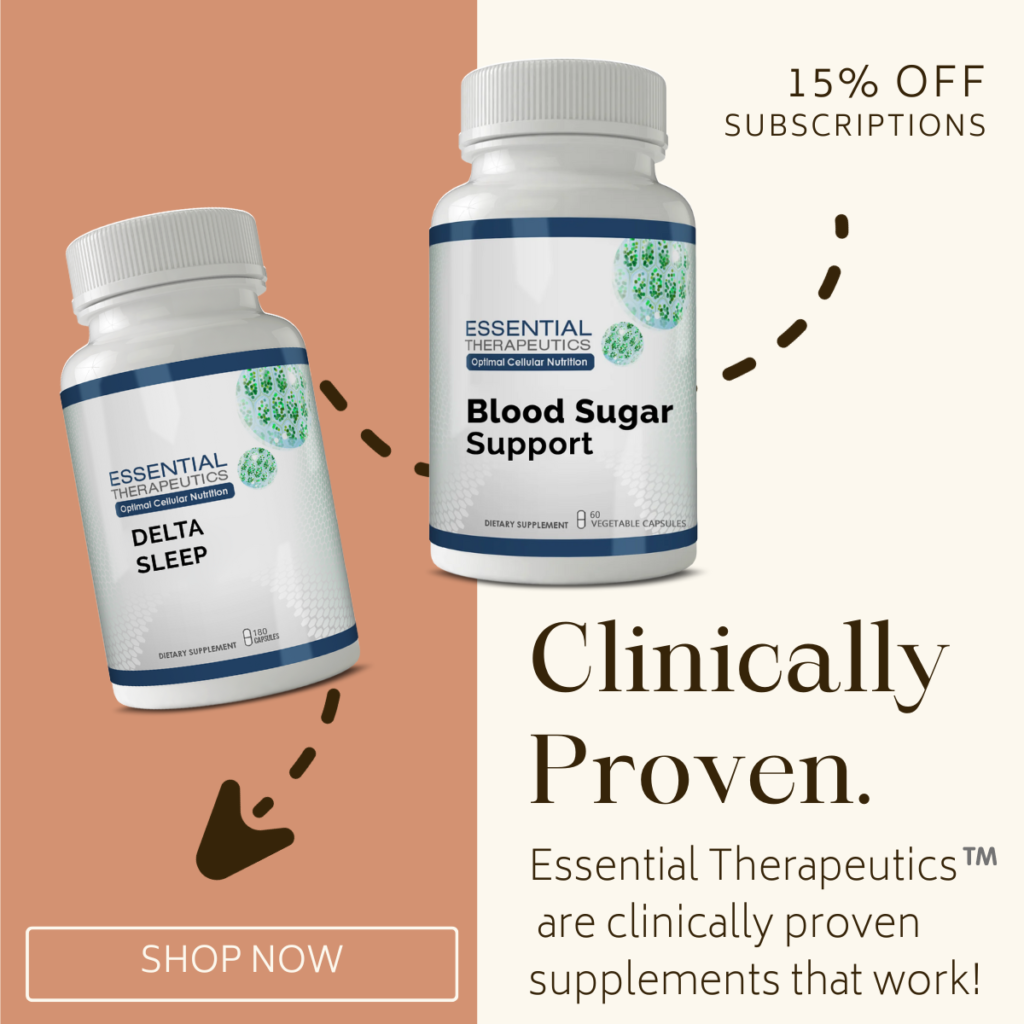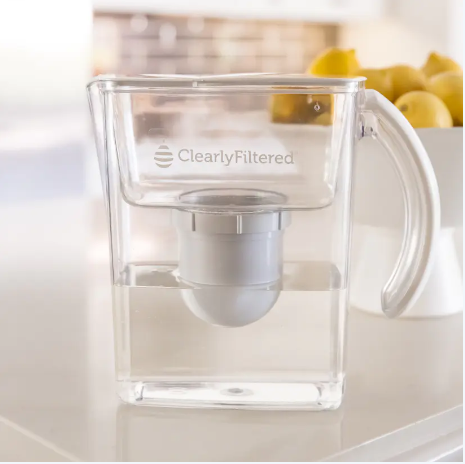Protect Your Health, Protect Your Liver
The liver is the most hard-working organ in the human body. It performs many functions that are vital to life. It plays an important role in digestion (breaking nutrients down) and assimilation (building up body tissues). It is the storage site for many essential vitamins and minerals, such as iron, copper, B12, vitamins A, D, E and K. Red blood cells, which are responsible for carrying oxygen around the body, are also produced in the liver and Kupffer cells help to devour harmful micro-organisms in the blood so helping to fight infection.

An optimally functioning detoxification system is necessary for providing good health and preventing disease. Many diseases, including cancer, rheumatoid arthritis, Lupus, Alzheimer’s, Parkinson’s, and other chronic age-related conditions, are linked to a weakened detoxification system. A poor detox system also contributes to allergic disorders, asthma, hives, psoriasis, and eczema.
Thankfully, our liver works to neutralize harmful chemicals, viruses, and bacteria. It’s also first to process the nutrients delivered by the bloodstream.
Individuals plagued with unrelenting poor health are usually saturated with poisonous chemicals.
- Explore alternatives to long-term prescription drugs like nonsteroidal anti-inflammatories. Work with your doctor.
- Severely reduce or eliminate alcohol, nicotine, allergic foods, and preservative-rich foods.
- Supplement with antioxidants to combat free radicals. Include vitamins A, E, and C; the mineral selenium; and pycnogenol.
- Enjoy foods from the Brassica family: broccoli, cabbage and Brussels sprouts. They contain phytochemicals that stimulate detoxification pathways.

If you’re battling liver disease, fatty liver, hepatitis, or just concerned about staying toxin-free, consider taking a good liver protecting, detox supplement like the Essential Therapeutics Liver Detox Formula, which contains both ALA and milk thistle, as well as essential detox enhancing nutrients, methionine, n-acetyl-l-cysteine, L-cysteine, and taurine.
Silybum marianum (milk thistle). The silymarin complex, particularly the silibinin component of milk thistle, protects the liver from free-radical damage. It prevents certain toxins from entering liver cells and stimulates regeneration of damaged liver cells.
Medical use of milk thistle can be traced back more than 2000 years. Over 30 years ago, intensive research on the liver-protecting properties of milk thistle began in Germany. Extensive research also may have led to the approval of a standardized milk thistle extract in Germany for the treatment of alcohol-induced liver disease and other diseases of the liver.
Milk thistle extract protects liver cells, both directly and indirectly. It is able to regenerate liver cells that have been injured, prevent fibrosis or fatty liver, bind to the outside of cells and block entrance of certain toxins, and even neutralize toxins that have already penetrated the liver. Milk thistle treatment can be effective even several hours after initial poisoning occurs, such as in the case of poisoning by death cap mushrooms. And there are no side effects.
Silymarin may also prevent the damage caused by certain drugs such as acetaminophen, antidepressants, and antipsychotic, cholesterol-lowering, and anticonvulsive drugs. One study showed that increasing the antioxidants in patients receiving psychotropic drugs reduced the production of potentially damaging free radicals in the liver.
Silymarin has been shown in animal studies to raise the glutathione levels in liver cells by as much as 50%. It also increases the activity of another antioxidant known as supraoxide dismutase (SOD).

Milk thistle may someday be the main treatment for hepatitis, a chronic viral infection of the liver that can lead to liver damage and, in some cases, liver failure. During a six-month treatment period in patients with chronic alcohol hepatitis, liver function test results normalized and liver enzymes improved over controls using placebo.
The normal dose is 420 mg. in three divided doses (80% silymarin content) daily.
• Alpha lipoic acid. This powerful antioxidant compound helps recycle glutathione. It is both fat and water soluble, so it works in both mediums. Manufactured by the body in small amounts, it needs to be also obtained through the diet. It can help prevent and repair damage to liver cells and is being studied for its regenerative properties in neurological diseases including Alzheimer’s, multiple sclerosis, Lou Gehrig’s disease, and Parkinson’s disease. To increase liver detoxification and boost cellular energy, take between 200mg. of ALA daily.
–> Click here to read more about my Liver Detox Formula
Fatty liver, also known as hepatic steatosis, is a condition characterized by the accumulation of fat in the liver. This buildup of fat can lead to inflammation and liver damage. There are two main types of fatty liver: alcoholic fatty liver disease, which is caused by excessive alcohol consumption, and non-alcoholic fatty liver disease (NAFLD), which is not related to alcohol consumption.
Here are some statistics related to fatty liver:
Non-alcoholic fatty liver disease (NAFLD) is the most common liver disorder worldwide, affecting approximately 25% of the global population. In the United States, it is estimated that up to 30% of the population has NAFLD, and it is the leading cause of chronic liver disease.
NAFLD is closely associated with obesity and metabolic syndrome, which includes conditions such as high blood pressure, high cholesterol, and type 2 diabetes.
NAFLD can progress to a more severe condition called non-alcoholic steatohepatitis (NASH), which involves liver inflammation and can lead to cirrhosis and liver failure.
Alcoholic fatty liver disease is also a common condition, affecting individuals who consume excessive amounts of alcohol. It is estimated that up to 20% of heavy drinkers develop alcoholic fatty liver disease.
Fatty liver can be reversible with lifestyle changes such as weight loss, exercise, and a healthy diet. However, if left untreated, it can progress to more serious liver conditions.

A healthy diet plays a crucial role in managing and improving fatty liver disease. Here are some foods that can help with fatty liver:
1. Fruits and vegetables: These are rich in antioxidants, vitamins, and minerals that can support liver health. Include a variety of fruits and vegetables in your diet, such as leafy greens, berries, citrus fruits, broccoli, and carrots.
Brassica foods, also known as cruciferous vegetables, are highly beneficial for liver detoxification. Examples of brassica foods include broccoli, cauliflower, Brussels sprouts, cabbage, kale, and arugula.
They contain compounds that support the liver in its natural detoxification processes.

Here’s how brassica foods help with liver detoxification:
Brassica foods are rich in glucosinolates, which are sulfur-containing compounds. When these compounds are broken down during digestion, they form biologically active substances such as isothiocyanates and indole-3-carbinol. These substances have been shown to enhance the liver’s detoxification enzymes, helping to eliminate toxins from the body.
Brassica vegetables are packed with antioxidants, including vitamin C, vitamin E, and various phytochemicals. These antioxidants help protect the liver cells from damage caused by free radicals and oxidative stress, which can occur during the detoxification process.
Fiber: Brassica vegetables are a great source of dietary fiber. Fiber plays a crucial role in liver health by promoting regular bowel movements and preventing constipation. This helps to ensure that toxins are efficiently eliminated from the body.
Brassica vegetables provide essential nutrients such as folate, vitamin K, and potassium, which are important for overall liver health and function. These nutrients help support the liver’s ability to detoxify harmful substances.
2. Whole grains: Choose whole grains over refined grains to increase fiber intake. Whole grains like brown rice, quinoa, and whole wheat bread can help regulate blood sugar levels and reduce fat buildup in the liver.
3. Lean proteins: Opt for lean protein sources like skinless chicken, turkey, fish, tofu, and legumes. These provide essential amino acids without adding excessive fat.
4. Healthy fats: Include sources of healthy fats in your diet, such as avocados, nuts, seeds, and olive oil. These fats can help reduce inflammation and improve liver function.

5. Green tea: Green tea contains antioxidants called catechins, which have been shown to have protective effects on the liver. Drinking green tea regularly may help reduce fat accumulation in the liver.
6. Coffee: Moderate coffee consumption has been associated with a lower risk of liver diseases, including fatty liver. However, it’s important to avoid adding excessive sugar or cream to your coffee.
7. Garlic: Garlic has been shown to have liver-protective properties and may help reduce fat in the liver. Include garlic in your cooking or consider taking garlic supplements after consulting with a healthcare professional.
8. Turmeric: Turmeric contains a compound called curcumin, which has anti-inflammatory and antioxidant properties. Adding turmeric to your diet or taking curcumin supplements may help reduce inflammation in the liver.
Remember, it’s important to maintain a balanced diet and avoid excessive consumption of processed foods, sugary beverages, saturated fats, and alcohol. If you have fatty liver disease, it’s advisable to consult with a healthcare professional or a registered dietitian for personalized dietary recommendations.

Antioxidant Nutrients
Oxidative stress is a very important factor in the development of Alzheimer’s disease. Antioxidant supplements help reduce inflammation, free radicals, and beta-amyloid plaques.
Grape Seed Extract has demonstrated remarkable success in blocking the formation of brain plaques. One of the most potent antioxidants available, grape seed extract possesses 20 times more free radical–fighting power than vitamin E and 50 times more than vitamin C.
Ginkgo biloba is a powerful antioxidant that also improves brain circulation, reduces inflammation, and helps boost mood and mental clarity. Research has found that Alzheimer’s patients who took Ginkgo biloba experienced a significant improvement in their quality of life.
Consume 5-9 servings of antioxidant rich fruits and vegetables each day – 5 is fine; 9 is divine!

Don’t Let Fear Get in Your Way. Live a Life of No Regrets!
10th grade: As I sat there in English class, I stared at the girl next to me. She was my so called “best friend”. I stared at her long, silky hair, and wished she was mine. But she didn’t notice me like that, and I knew it. After class, she walked up to me and asked me for the notes she had missed the day before and handed them to her. She said “thanks” and gave me a kiss on the cheek. I wanted to tell her, I want her to know that I don’t want to be just friends, I love her but I’m just too shy, and I don’t know why.
11th grade: The phone rang. On the other end, it was her. She was in tears, mumbling on and on about how her love had broke her heart. She asked me to come over because she didn’t want to be alone, so I did. As I sat next to her on the sofa, I stared at her soft eyes, wishing she was mine. After 2 hours, one Drew Barrymore movie, and three bags of chips, she decided to go to sleep. She looked at me, said “thanks” and gave me a kiss on the cheek. I want to tell her, I want her to know that I don’t want to be just friends, I love her but I’m just too shy, and I don’t know why.
Senior year: The day before prom she walked to my locker. My date is sick” she said; he’s not going to go well, I didn’t have a date, and in 7th grade, we made a promise that if neither of us had dates, we would go together just as “best friends”. So we did. Prom night, after everything was over, I was standing at her front door step. I stared at her as she smiled at me and stared at me with her crystal eyes. I want her to be mine, but she doesn’t think of me like that, and I know it. Then she said “I had the best time, thanks!” and gave me a kiss on the cheek. I want to tell her, I want her to know that I don’t want to be just friends, I love her but I’m just too shy, and I don’t know why.
Graduation Day: A day passed, then a week, then a month. Before I could blink, it was graduation day. I watched as her perfect body floated like an angel up on stage to get her diploma. I wanted her to be mine, but she didn’t notice me like that, and I knew it. Before everyone went home, she came to me in her smock and hat, and cried as I hugged her. Then she lifted her head from my shoulder and said, “you’re my best friend, thanks” and gave me a kiss on the cheek. I want to tell her, I want her to know that I don’t want to be just friends, I love her but I’m just too shy, and I don’t know why.
A Few Years Later: Now I sit in the pews of the church. That girl is getting married now. I watched her say “I do” and drive off to her new life, married to another man. I wanted her to be mine, but she didn’t see me like that, and I knew it. But before she drove away, she came to me and said “you came!”. She said “thanks” and kissed me on the cheek. I want to tell her, I want her to know that I don’t want to be just friends, I love her but I’m just too shy, and I don’t know why.
Funeral: Years passed; I looked down at the coffin of a girl who used to be my “best friend”. At the service, they read a diary entry she had wrote in her high school years. This is what it read: I stare at him wishing he was mine, but he doesn’t notice me like that, and I know it. I want to tell him, I want him to know that I don’t want to be just friends, I love him but I’m just too shy, and I don’t know why. I wish he would tell me he loved me! `I wish I did too…` I thought to my self, and I cried.







